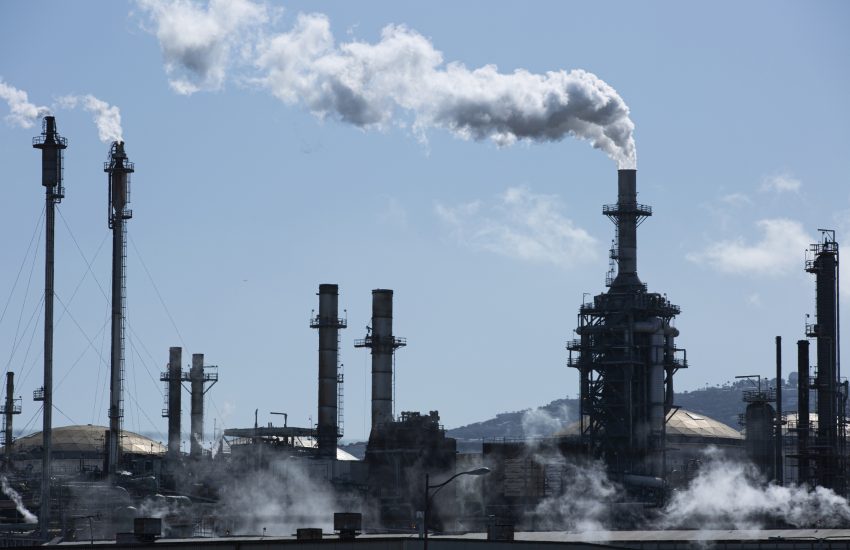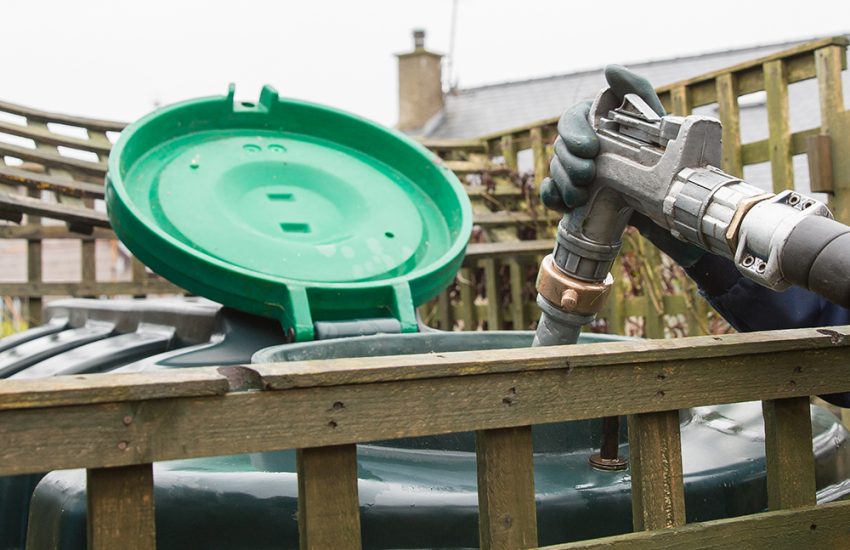Dairy farmers—particularly in Maine, but in the Midwest as well—have recently made headlines because of alleged PFAS contamination on farms and in dairy milk. The U.S. senators from Maine are bringing to light farm contamination in their states, and it is likely to gain traction in other agriculture-heavy jurisdictions, particularly the Midwest.
“Over the past several years, we have seen family farms in Maine affected by PFAS. In 2016, a dairy farmer in Arundel, Maine, discovered that the milk produced on his farm contains some …
Continue Reading









